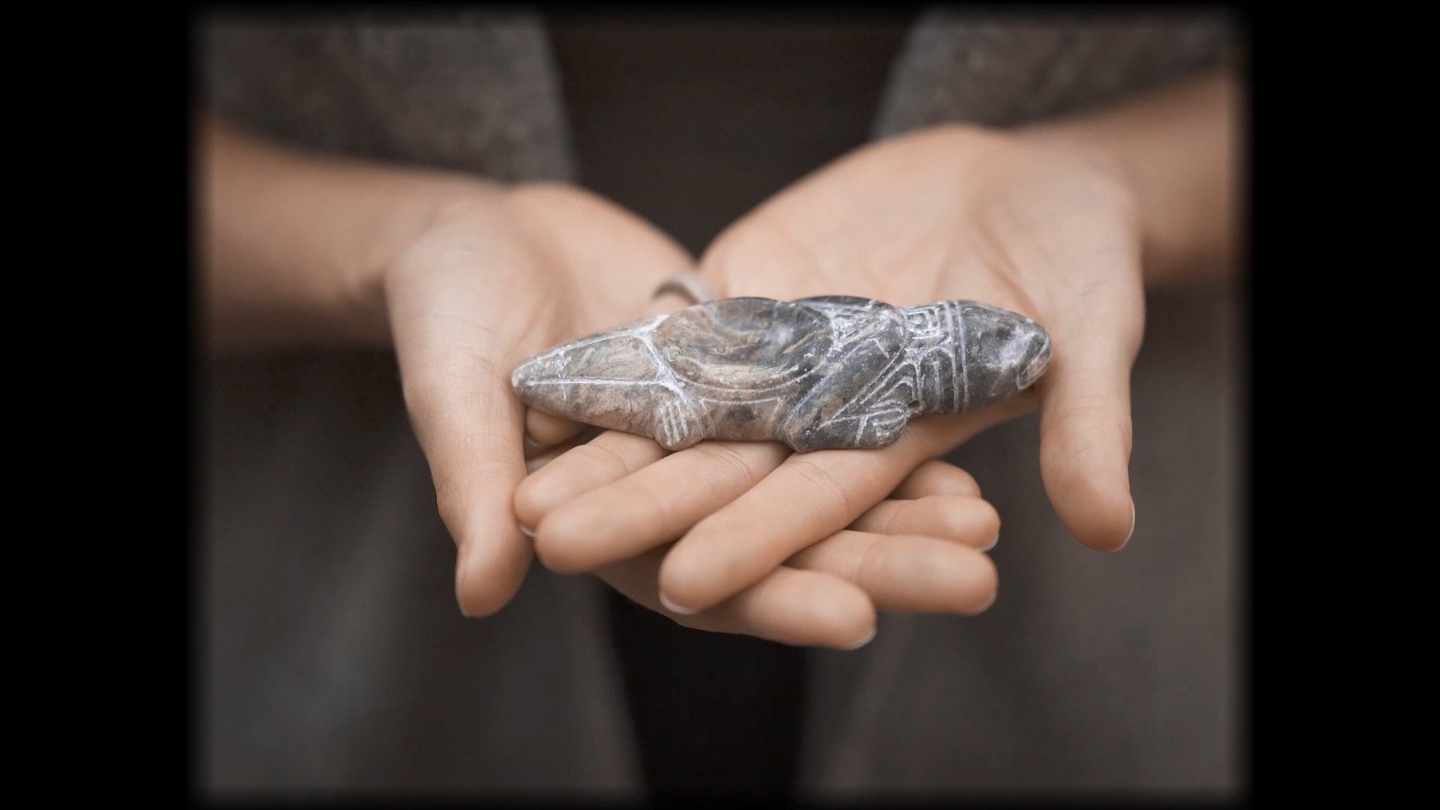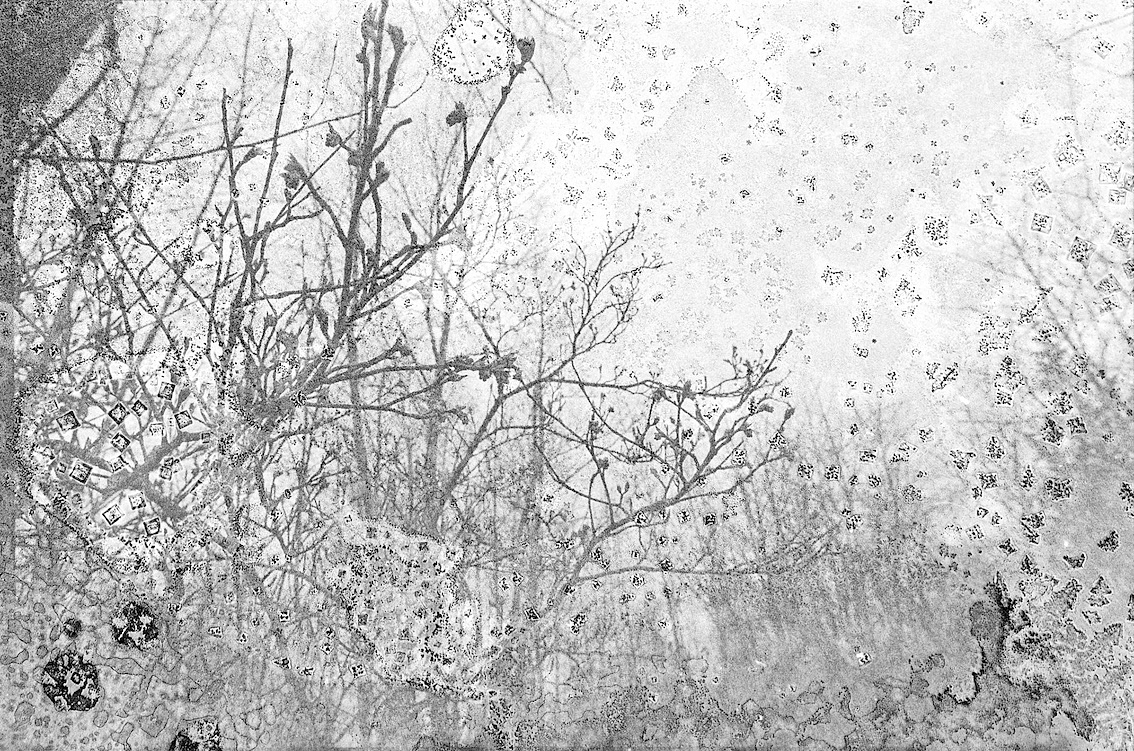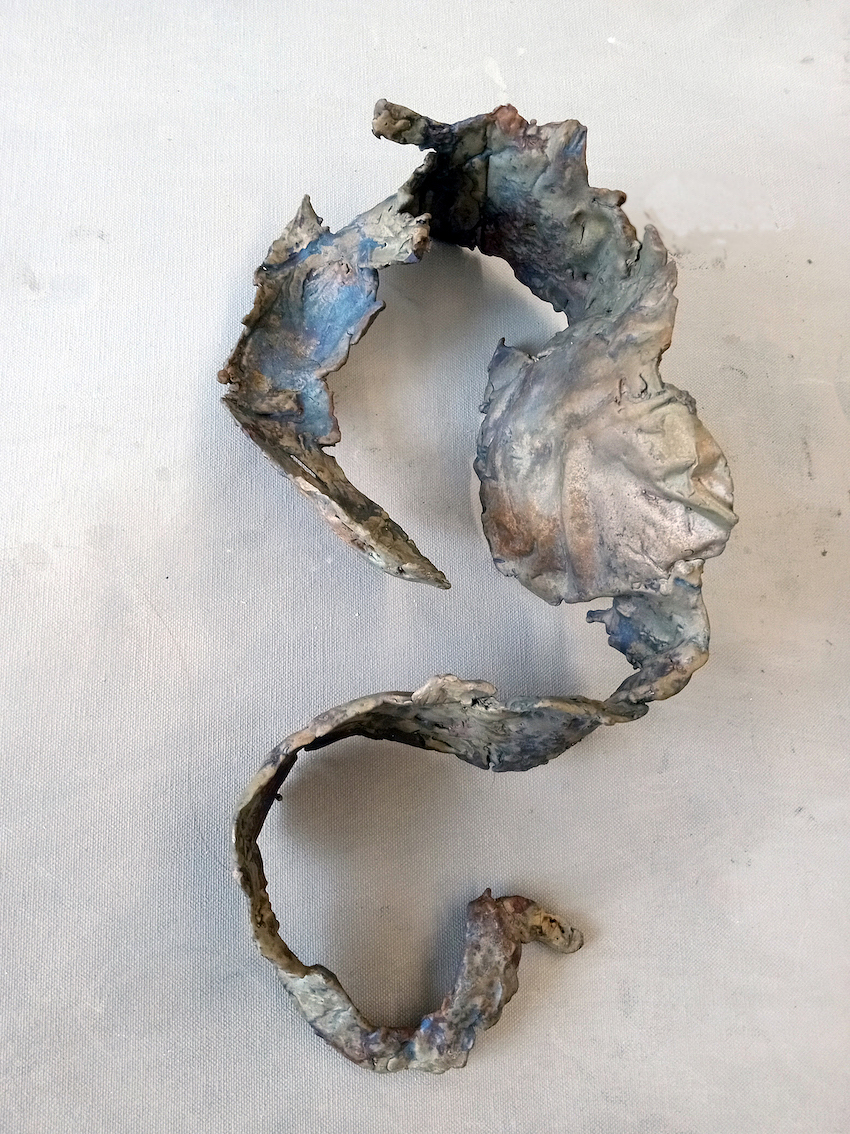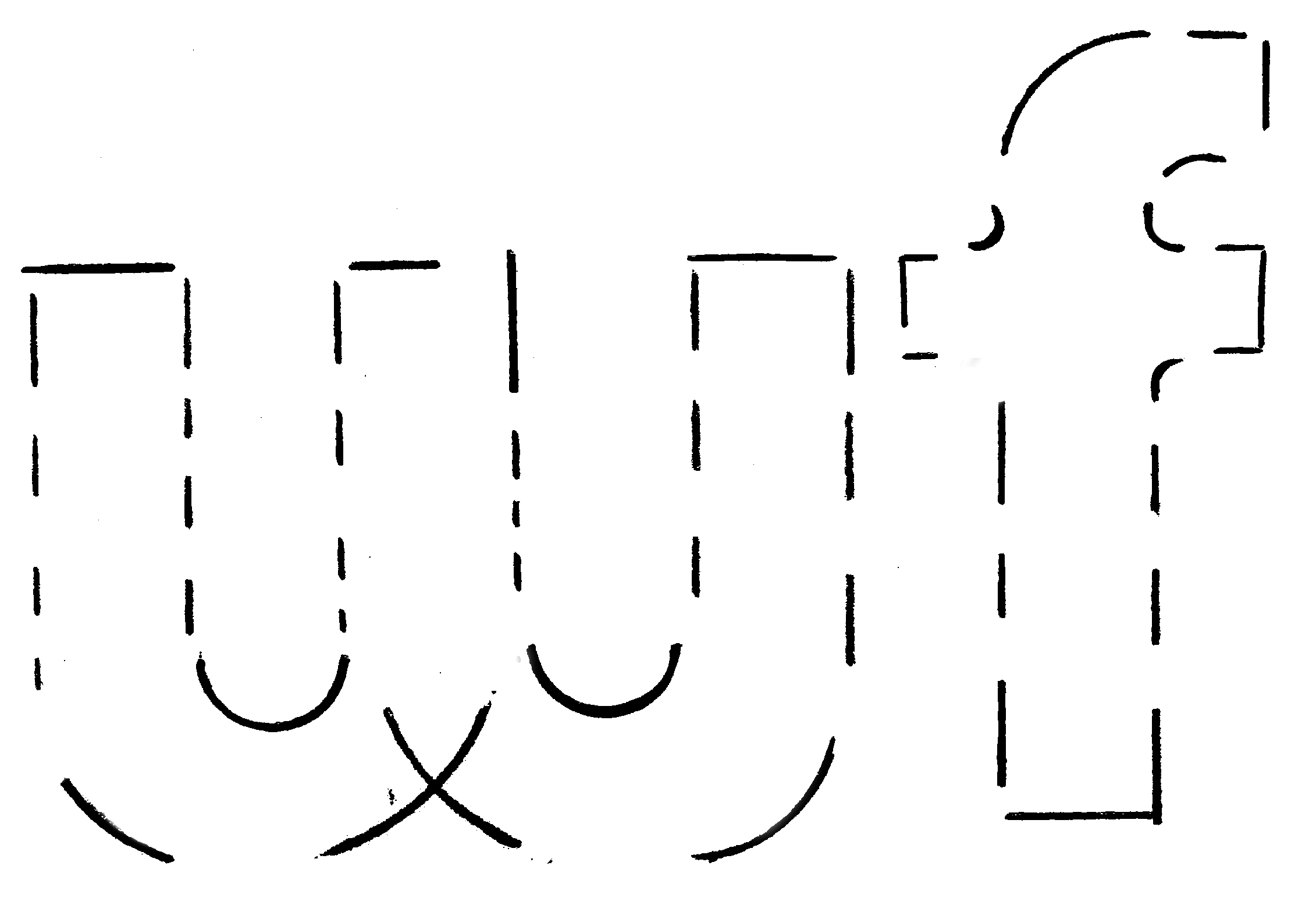
Storytelling and Stewardship
- Jaime Adams
- Bracken Hanuse Corlett
- Siku Allooloo
- Jay Pahre
Western Front is pleased to present a group exhibition, public programs, and artist residencies that consider place-based knowing and environmental stewardship through the work of BC-based artists—Jaime Adams, Siku Allooloo, Bracken Hanuse Corlett, and Jay Pahre. Each artist employs narrative methods to presence ancestors, plants, and animals, as an instructive way of being in relationship with the worlds we live in and are responsible for. Whether Indigenous, settler, or migrant Storytelling and Stewardship asks how we relate to land and place as a host, traveler, or guest.
Jaime Adam’s contribution is drawn from her series The Ecological Influence of Allelopathy (2021-ongoing) of analog photographs documenting Maplewood Flats Conservation Area. Located on the unceded and ancestral lands of the səl̓ílwətaʔɬ (Tsleil-Waututh) Nation, it is the largest remaining tidal mudflat on the North Shore. Adams undertakes habitat restoration here to remediate invasive plants and toxins introduced through colonization and industry. Using weeds removed from the site, Adam’s extracts plant-based developers to process her black and white films and soups her colour negatives in sea and fresh water collected from Maplewood Flats. Heavy metals in the water interact visibly with the film emulsion, as the site further contributes to the final landscape image.
Using a similar process, Siku Allooloo’s experimental documentary Spirit Emulsion (2022), was filmed on Super 8 and developed by hand with plant medicines and botanicals collected from Denendeh (Northwest Territories) where she was born and raised, and the Coast Salish territories where the film was made. Through this, Allooloo evokes her culture and the legacy of her late mother, Haitian/Taíno activist Marie-Hélène Laraque, by connecting earth to cosmos, as flowers portray family love and ancestral sovereignty extending into the future. The film also serves as “an opening prayer” for a feature-length documentary that Allooloo will continue to develop in residence.
Through sculptural processes, Jay Pahre forefronts the shifting ecologies of the Great Lakes and Great Plains region. His transformation of matter creates works that speak to the entangled existence of animals and extractive industries in these areas. Referencing both a specific wetland ecology and a process in Slough (2022), snake skins shed through growth, environmental stress, or temperature shifts are transformed through the heat-based process of bronze casting. In Awn (2022), aluminum and copper-coated steel wire is cut and hooked through gauze, taking on the appearance of animal’s fur; specifically the middle layer that offers weather protection and regulates temperature. In the ecologies of the plains, grass tips also create awn; these are tenacious seeds that imbed in fur to spread over the land and propagate. In residence at The Western Front this fall, Pahre will also develop a new body of speculative writings with field recordings to be broadcast online and tuned to weather formations across Gitchi-Gami (Lake Superior) and Minong (Isle Royale).
In lieu of an opening, a moment for gathering will be held on Saturday, November 12, 2022, for a live presentation by Bracken Hanuse Corlett in collaboration with Dean Hunt. Performing as See Monsters, they will use live visuals and music to tell a dark sea monster story that gives presence to relationships with unceded land, sacred sites, complex river systems, hunting and gathering grounds, that acknowledges the history and present of what is now called Vancouver.

Through various sculptural processes, Jay Pahre forefronts material transformation and the shifting ecologies of the Great Lakes and Great Plains region, to create works that speak to the entangled existence of animals and extractive industries in these areas. In Slough (2022), snake skins shed through growth, environmental stress, or temperature shifts are transformed through the heat-based process of bronze casting. In Awn (2019), steel-coated copper wire is cut, folded, and hooked repetitively through gauze, to take on the appearance of the middle of an animal’s fur, which offers protection from weather and regulates temperature. Pahre will also develop a new body of speculative writings to be broadcast online and tuned to weather formations across Gitchi-Gami (Lake Superior) and Minong (Isle Royale).
In lieu of an opening, a moment for gathering will be held on Saturday, November 26, 2022, for a presentation by Bracken Hanuse Corlett with Dean Hunt. Performing as See Monsters, Corlett will use live visuals and music to tell a menacing sea monster story that questions relationships with unceded land, sacred sites, complex river systems, hunting and gathering grounds, and acknowledges the history and present of what is now called Vancouver.
Curated by Paula Booker

About the Artists
Jaime Adams is fostering an emergent photographic land-based art practice. A settler originally from Cranbrook, BC, she now lives on the unceded territories of the xʷməθkʷəy̓əm (Musqueam), Sḵwx̱wú7mesh (Squamish), and səl̓ilwətaɁɬ (Tsleil-Waututh) Nations. She was the founder of Forest and the Femme Society, a non-profit outdoor program connecting marginalized women living in the Downtown Eastside of Vancouver with nature. After sustaining a brain injury, Adams became a volunteer at Maplewood Flats in Tsleil-Waututh territory, doing habitat restoration. Here she discovered ways to understand and navigate her own recovery through land-based analogue photography, using plants and waters from the areas to develop and alter her work.
Siku Allooloo is an Inuk/Haitian/Taíno filmmaker, interdisciplinary artist, poet, and community builder. She comes from Denendeh, Northwest Territories, by way of Haïti through her mother and Mittimatalik, Nunavut, through her father. Allooloo often reimagines conventional forms as imbued by her cultural traditions, oral history, and land-based practice. She resides in the unceded homeland of K’ómoks First Nation.
Bracken Hanuse Corlett is an interdisciplinary artist from the Wuikinuxv and Klahoose Nations. He began working in theater and performance, and eventually transitioned towards a practice that fuses painting and drawing with digital-media, audio-visual performance, animation, and narrative. He is a graduate of the En’owkin Centre and went to Emily Carr University of Art + Design. He has studied Northwest Coast art, carving, and design from acclaimed Heiltsuk artists Bradley Hunt and his sons Shawn Hunt and Dean Hunt. Working with and researching ancestral forms is central to his work, as well as an openness to working with new media and tools. Much of his current process is collaborative, which includes working with youth, community and fellow working artists. He splits time between his studio in the Downtown Eastside and his home on the Sunshine Coast.
Jay Pahre is a queer and trans settler artist, writer, and cultural worker currently based on the unceded territories of the xʷməθkʷəy̓əm (Musqueam), Sḵwx̱wú7mesh (Squamish) and səlilwətaɬ (Tsleil-Waututh) peoples. Weaving between drawing, sculpture, and writing, his work queries trans and queer ecologies beyond the human. Originally from the Midwestern United States, Pahre’s work engages the shifting ecologies of the Great Lakes and Great Plains regions..
About the Curator
Paula Booker is a settler writer, curator, and life-long gardener. Raised on a farm outside Auckland, Aotearoa (New Zealand), and trained as a visual artist, she has held senior leadership, curatorial, editorial, programming and outreach roles in diverse arts and heritage organizations from documenta, Kassel, to the Ngā Taonga Sound & Vision (New Zealand Film Archive) and the Morris & Helen Belkin Art Gallery, Vancouver. Since 2016, as an immigrant and guest on xʷməθkʷəy̓əm, Sḵwx̱wú7mesh, and səl̓ílwətaʔɬ Territories, Paula has explored art work and curatorial methods that uphold Indigenous sovereignty and relationships to place. Paula lives and works in East Vancouver in the place called X̱epx̱ápay̓ay [in Sḵwx̱wú7mesh sníchim], right on the edge of the Salish Sea (Burrard Inlet).
Acknowledgements
Developed with support from Canada Council for the Arts and Hemlock Micro Studio.

